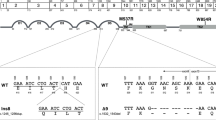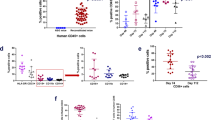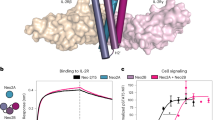Abstract
Sensitivity of Fas expressing tumor cells (high levels in Hut78 & Jurkat; low levels in P815) toward the cytotoxic Con-A (5 µg/ml) activated spleen cells from young (12 to 16 week old males) and old (2 year old males) mice were studied. The spleen cells from young mice activated for a day showed high levels of cytotoxic activity against Hut78 and Jurkat cell lines but not against P815 cells. The cytotoxic activity against P815 cells were detected in the spleen cells from old but not young mice following a longer period of Con-A activation (three days). Comparable levels of cytotoxic activity against Hut78 and Jurkat cells were observed in the spleen cells from both young and old mice following three days of activation. Treatment of Hut78 cells with anti-Fas antibody affected the tumor cells become resistant against the cytotoxic activity of the spleen cells from young mice in a dose dependent manner however P815 cells were not affect by the anti-Fas antibody treatment. These results show that there are differences in the sensitivity of target tumor cells toward Con-A induced cytotoxic spleen cells from young and old mouse. Mitogen-induced cytotoxic lymphocytes from young mouse spleen appear to kill targets through mechanisms involving Fas antigen, specially, in early stage (1 day) of activation. Old mouse spleen cells generated high levels of cytotoxic cells in later phase (3 days), which appear to kill through Fas-unrelated mechanisms.
Similar content being viewed by others
Article PDF
Author information
Authors and Affiliations
Rights and permissions
This is an Open Access article distributed under the terms of the Creative Commons Attribution Non-Commercial License (http://creativecommons.org/licenses/by-nc/3.0/) which permits unrestricted non-commercial use, distribution, and reproduction in any medium, provided the original work is properly cited.
About this article
Cite this article
Saxena, R., Adler, W. Cytolytic activity of mitogen activated old and young mouse spleen cells against tumor target cells expressing high or low levels of Fas antigen. Exp Mol Med 31, 137–141 (1999). https://doi.org/10.1038/emm.1999.23
Published:
Issue date:
DOI: https://doi.org/10.1038/emm.1999.23



